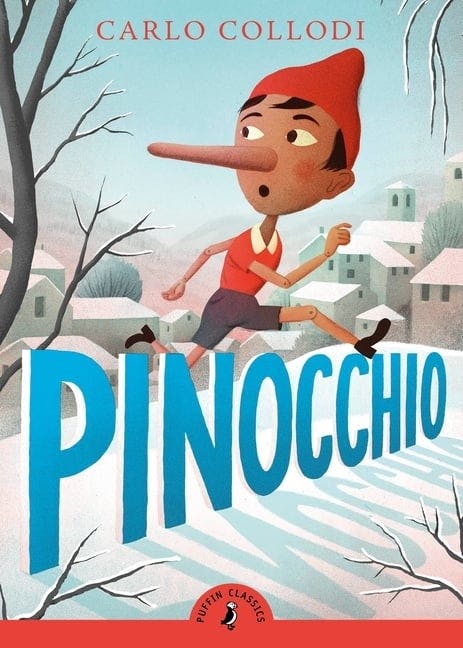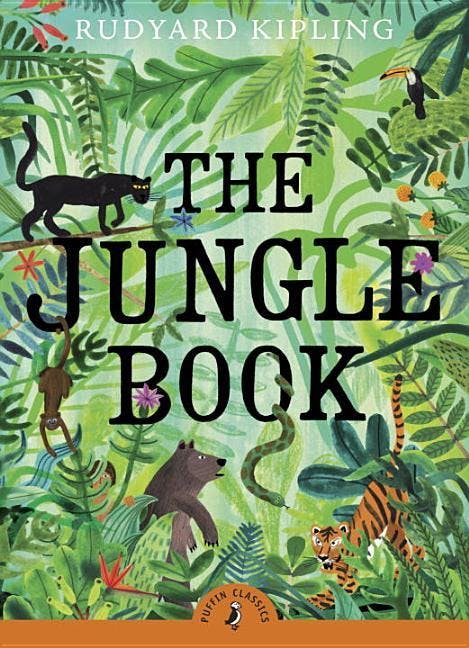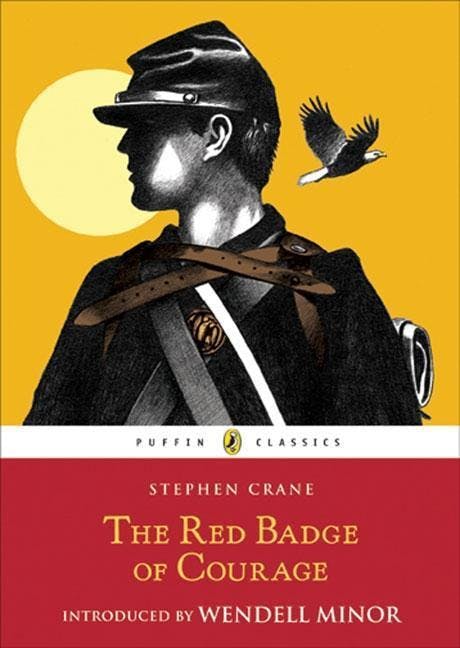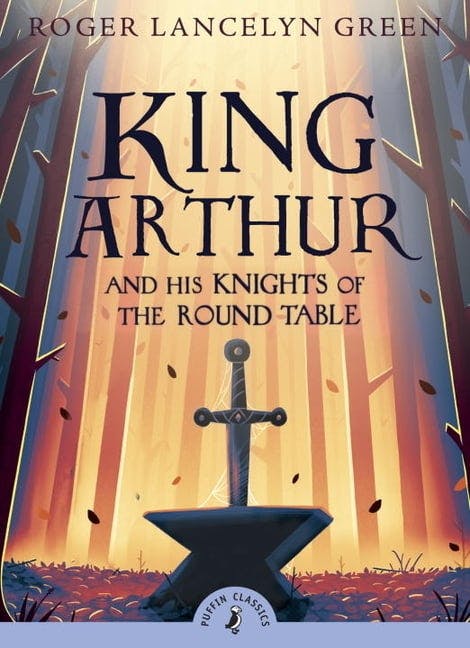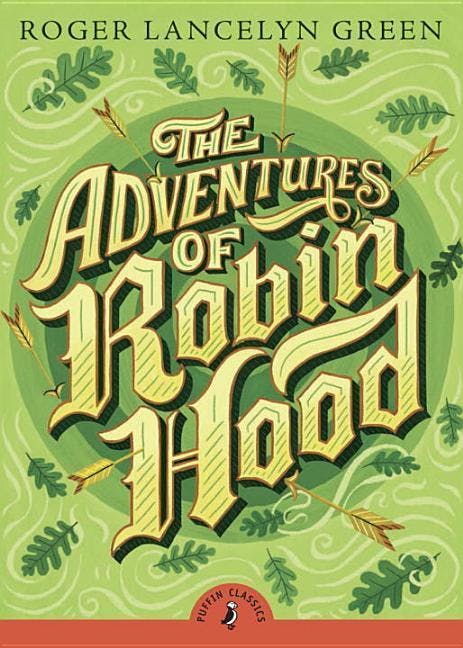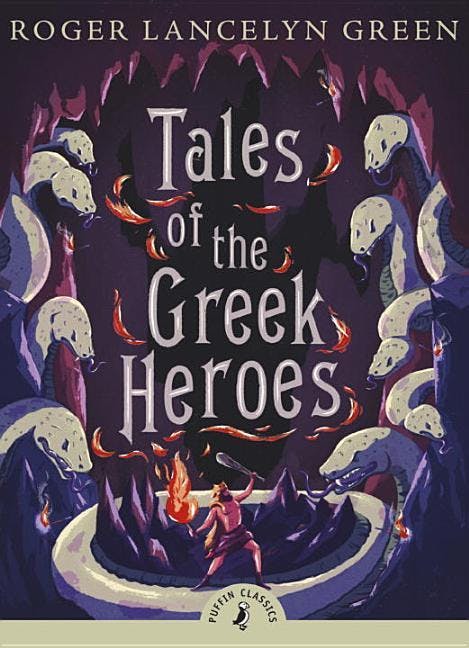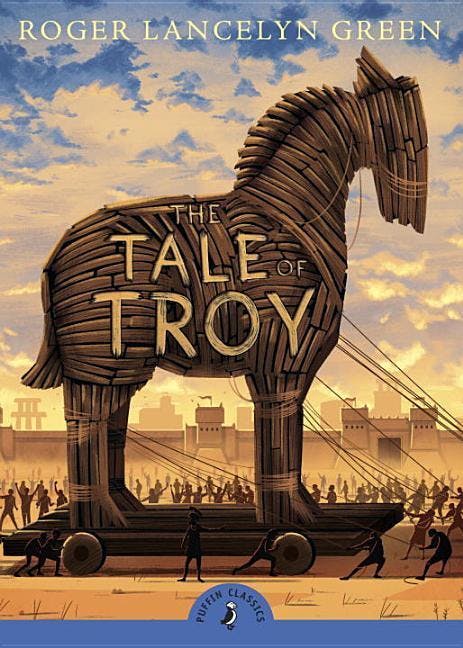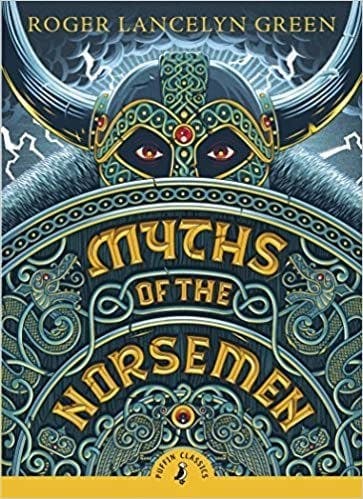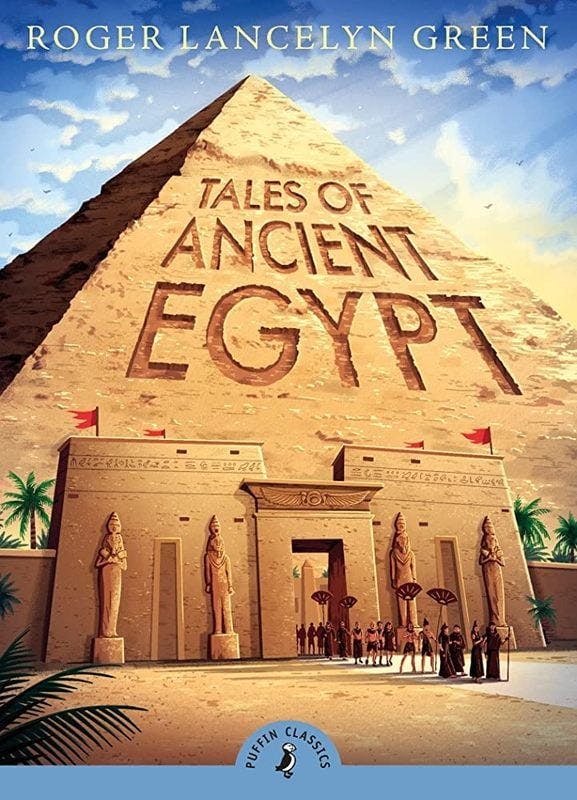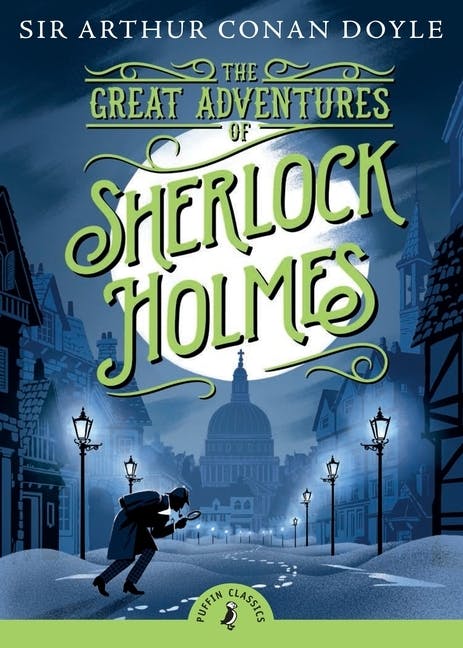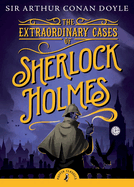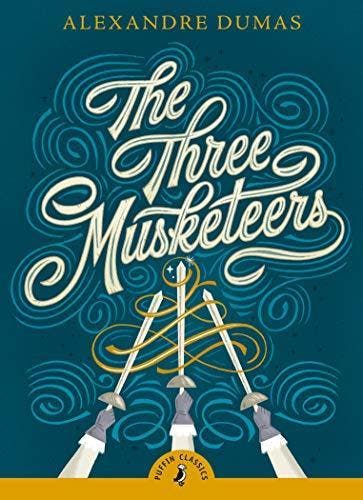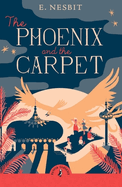Tales from Shakespeare
Summary
Puffin Classics Series
The Creatives Behind the Books
Carlo Collodi (Carlo Lorenzini) was a children’s writer born in the Grand Duchy of Tuscany and writer of the world-renowned fairy tale novel The Adventures of Pinocchio.
Rudyard Kipling was an English journalist, short-story writer, poet, and novelist. Kipling’s works of ction include the classic Just So Stories and The Jungle Book.
Jack Griffith London was a California-based writer in the late 1800s and early 1900s. He is most well known stories are the classics The Call of the Wild and White Fang.
Roger Lancelyn Green (1918-1987) was a biographer of children’s writers and a reteller of myths, legends and fairy tales. He was a member of the Oxford literary group the Inklings, along with J. R. R. Tolkien and C. S. Lewis.Walter Crane (1845-1915) designed and illustrated the first successful series of mass-produced color books of high quality. The series began in 1863 and for the next thirty years Crane was pre-eminent as an illustrator. In addition to book illustration, he designed textiles, wallpaper and tapestries, and was a prominent member of the Arts and Crafts Movement.
Often referred to as the father of English poetry, Geoffrey Chaucer was a fourteenth-century philosopher, alchemist, astrologer, bureaucrat, diplomat, and author of many significant poems. Chaucer’s writing was influential in English literary tradition, as it introduced new rhyming schemes and helped develop the vernacular tradition–the use of everyday English–rather than the literary French and Latin, which were common in written works of the time. Chaucer’s best-known–and most imitated–works include The Canterbury Tales, Troilus and Criseyde, The Book of the Duchess, and The House of Fame.
Adam Horsepool, an avid doodler since childhood, always dreamed of making a career out of his passion for art. He pursued his dream and graduated from the University of Lincoln (UK) with a degree in animation, which jumpstarted his career as an illustrator and made him fall in love with concept art.







